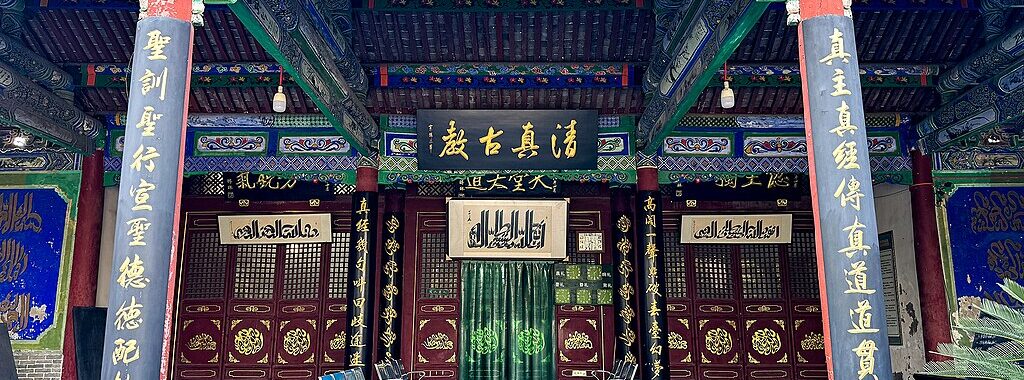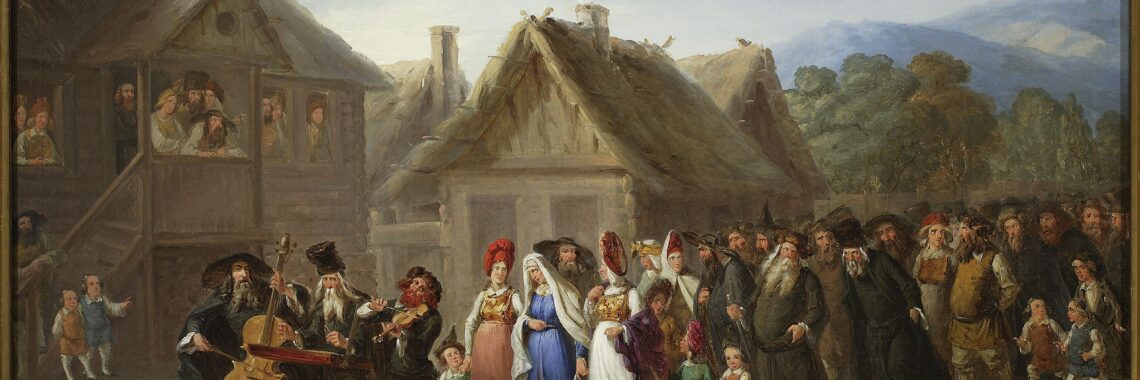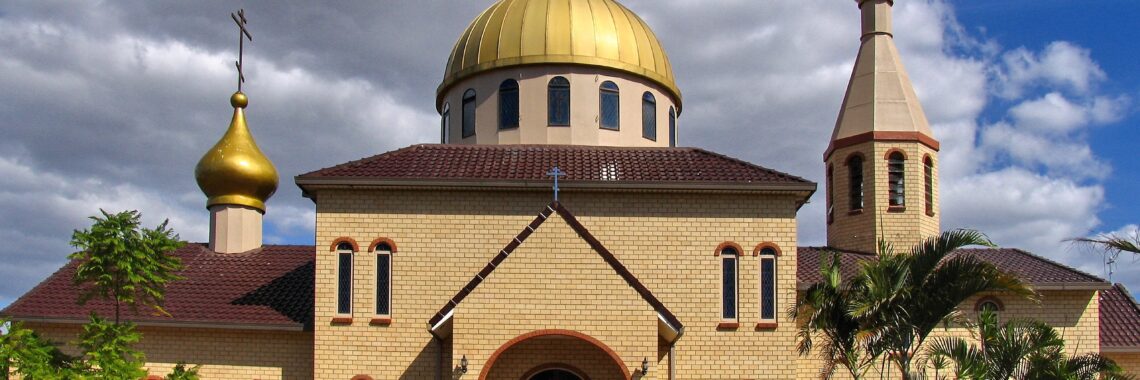“The Wolf in Sheep’s Skin: Promises and Realities of Religious Freedom in China” by Grace Gaffet
Photo of Kaifeng North Mosque by Windmemories (CC BY-SA 4.0) The following essay is reprinted and adapted on Canopy Forum in collaboration with the journal Derecho en Sociedad, a biannual electronic publication that is free and open access. Their issue 19(1) features full length articles in Spanish and English. Read Gaffet’s long-form essay on Religious Freedom in China here. See other…











